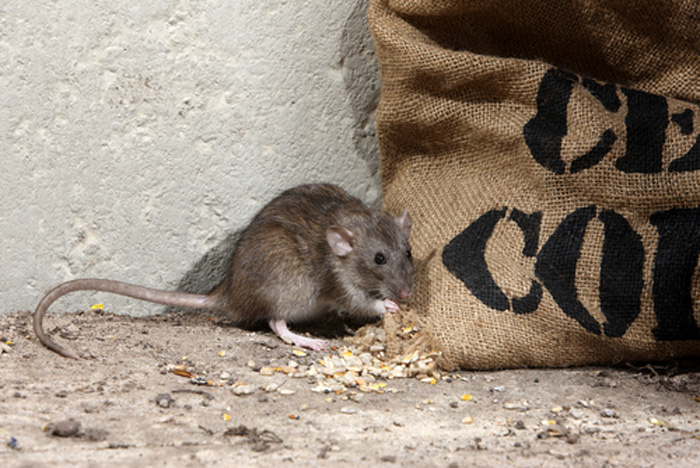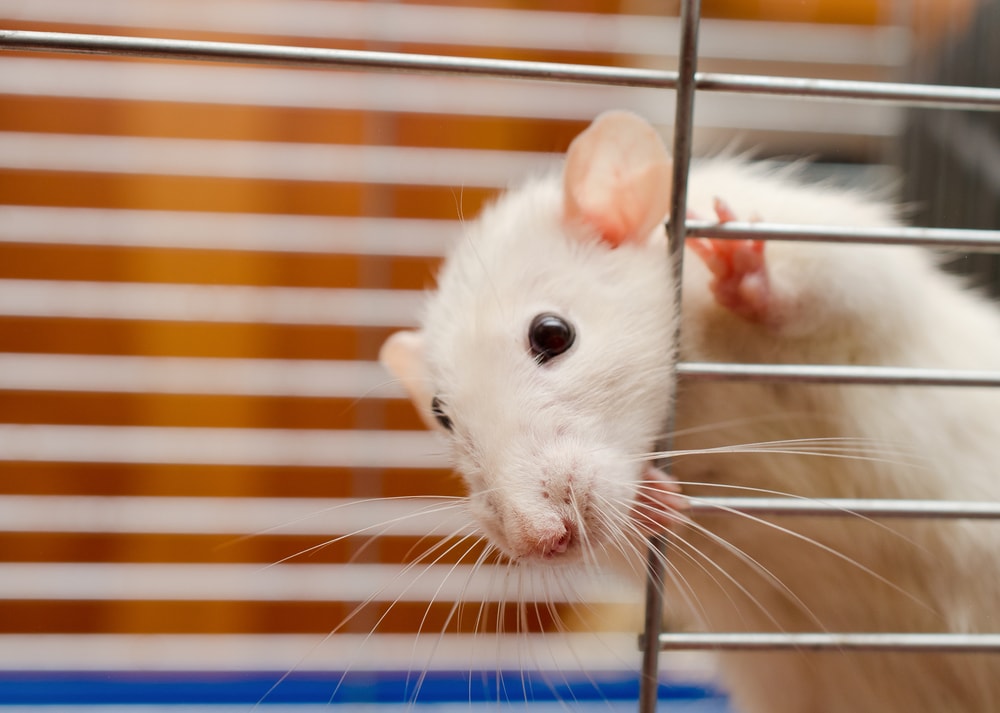Smart Traps in School Cafeterias: Safety and Efficiency?
Share
In the modern world of education, schools are constantly seeking innovative solutions to enhance not just academic environments, but also the safety and health of their students. One of the most intriguing developments in this regard is the installation of smart traps in school cafeterias. These advanced systems promise to revolutionize how we manage pest control in educational facilities. But what exactly are smart traps, and why are they becoming increasingly popular in schools?

Why Consider Smart Traps?
Schools, like any other public spaces, encounter challenges of pest infestations. Traditional pest control methods can pose significant risks, especially where children are involved. The use of toxic chemicals is not always a feasible option, particularly in areas such as commercial kitchens or dining halls. This is where smart traps come into play. These technologically advanced devices offer an eco-friendly and safe alternative by using non-toxic mechanisms to capture pests.
How Do Smart Traps Work?
The technology behind smart traps is fascinating. These traps are equipped with sensors and cameras that monitor pest activity in real time. Once a pest is detected, the unit sends instant alerts to the management team, allowing for immediate action. This not only minimizes the risk of infestation but also ensures hygiene and cleanliness in the cafeteria environment. Furthermore, with the integration of artificial intelligence, these traps can accurately identify the type of pest present, tailoring their response accordingly.
Benefits of Using Smart Traps
The benefits of installing smart traps in cafeterias are manifold. Primarily, they ensure that cafeterias remain free of pests, thus reducing the risk of diseases and health issues among students and staff. The use of technology in pest control also significantly decreases the need for harmful pesticides and chemicals, aligning with environmental safety standards.
Cost-Effectiveness and Efficiency
While the initial investment in smart trap technology can be higher than traditional traps, the long-term savings are significant. The efficiency and precision of these devices reduce the costs associated with major pest infestations and eliminate frequent intervention by pest control services. Schools that have implemented these systems report fewer incidences of pest activity, leading to decreased maintenance costs and a safer dining environment overall.

FAQs
Are smart traps safe for children?
Yes, smart traps are designed with safety in mind. They use non-toxic methods to capture pests, making them a safe choice for school environments.
Can smart traps work in other parts of the school?
Absolutely. While they are primarily used in cafeterias, smart traps can be installed in any part of a school where pest control is needed.
How do smart traps compare to traditional pest control methods?
Smart traps provide a more eco-friendly and proactive approach to pest control, using technology to monitor and address pest issues without harmful chemicals.
This article contains affiliate links. We may earn a commission at no extra cost to you.
